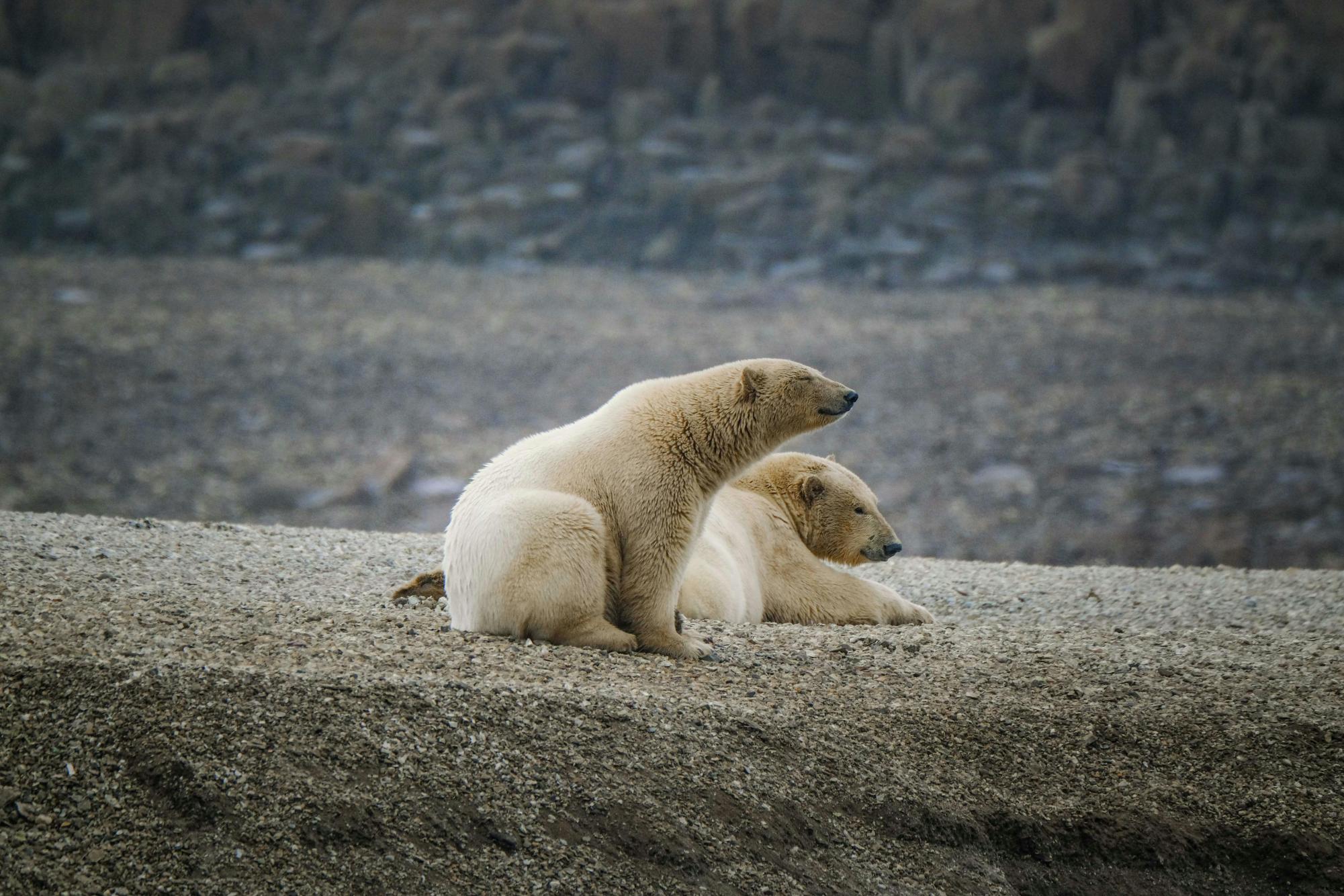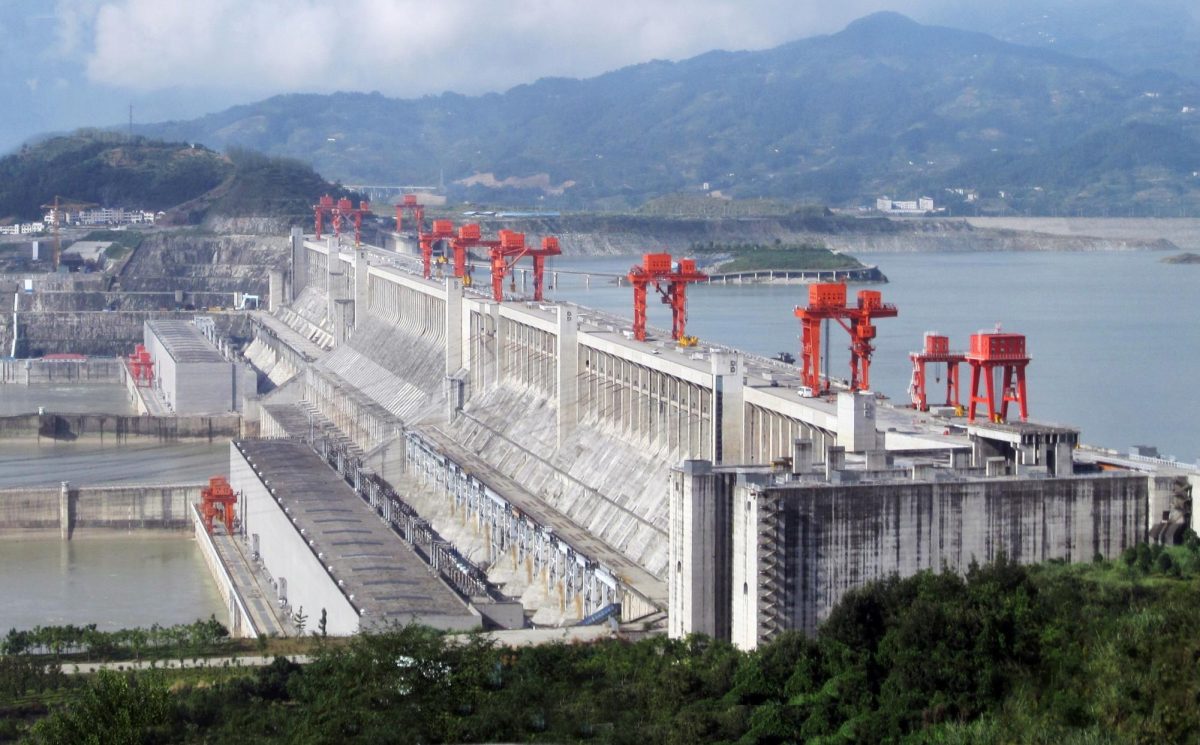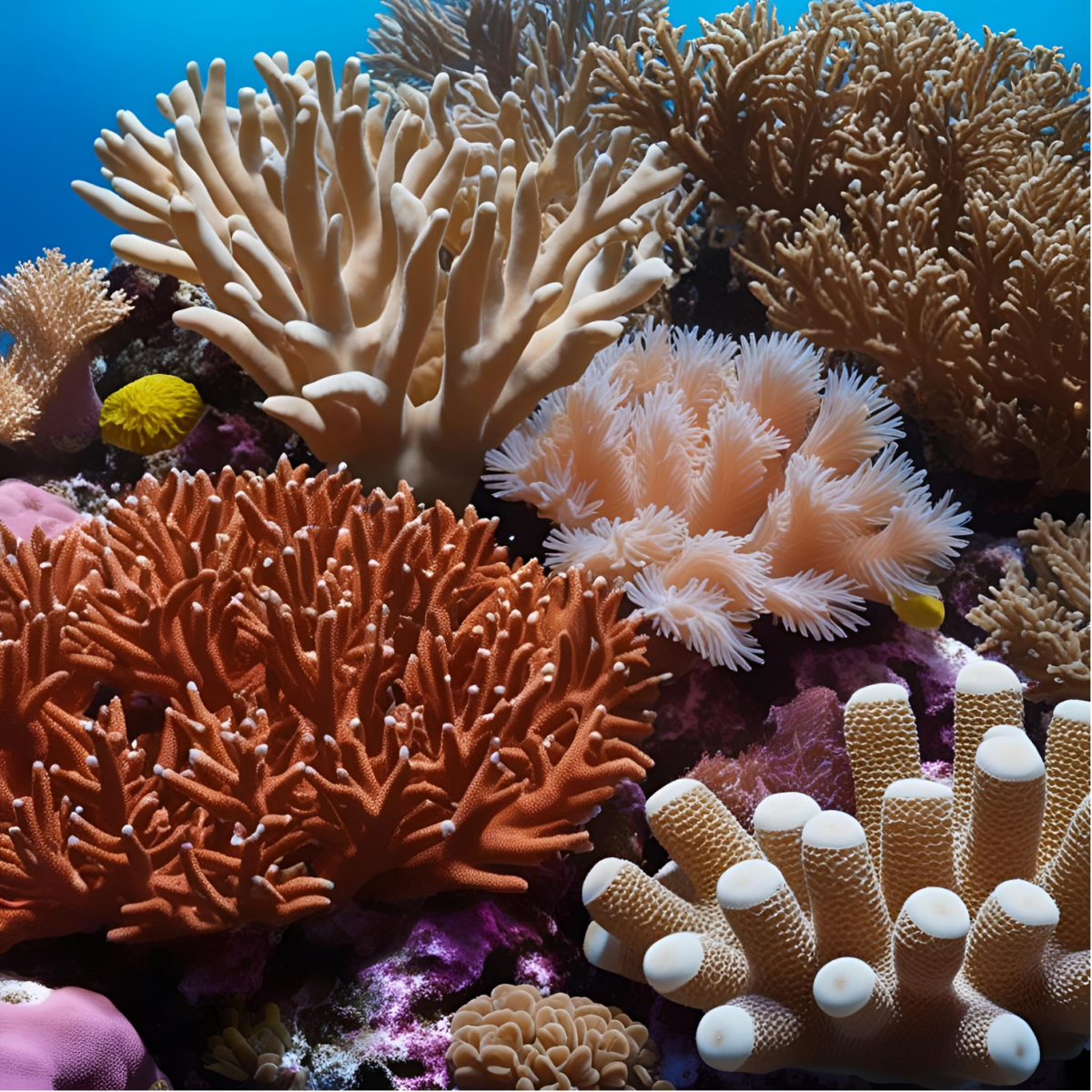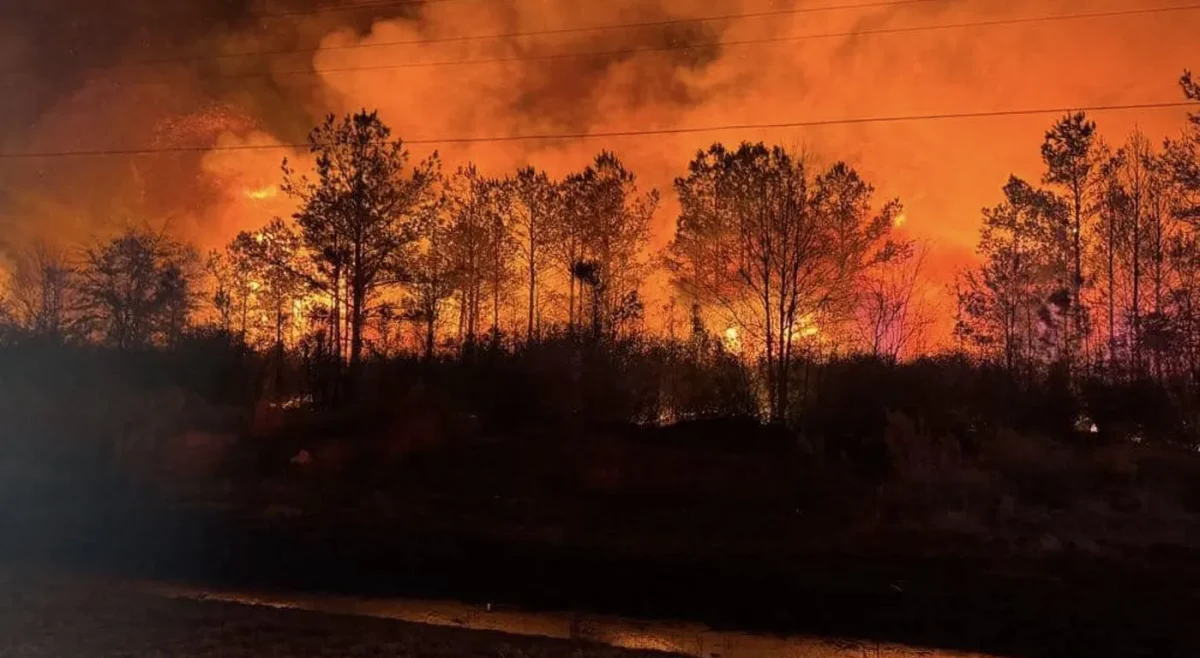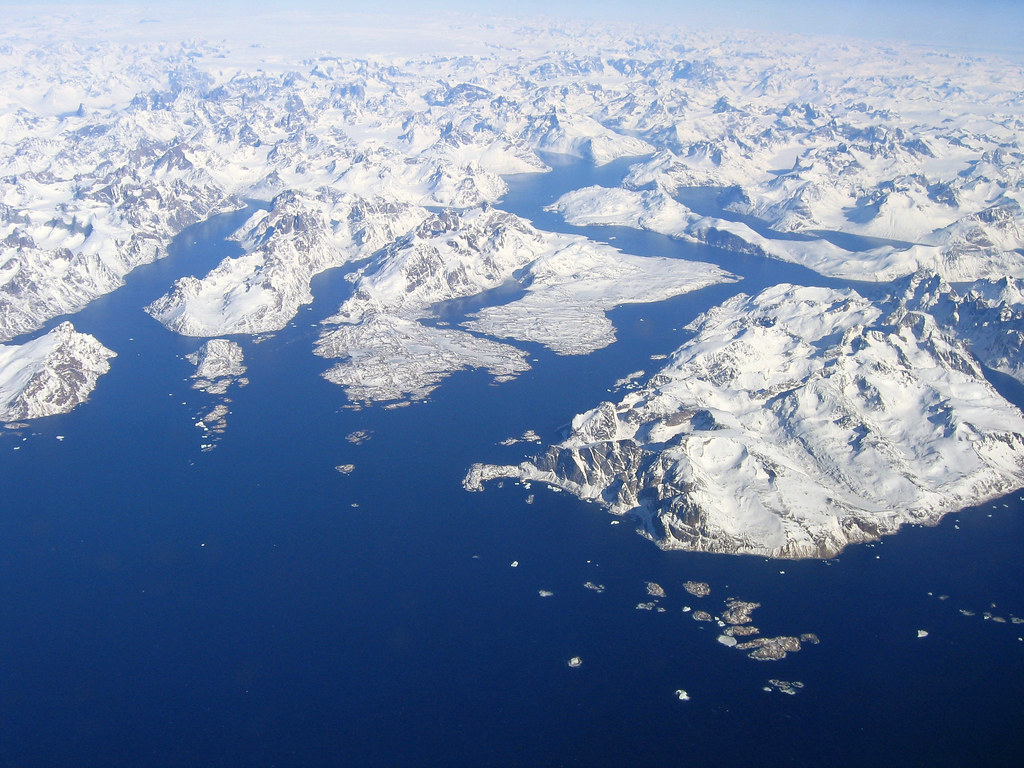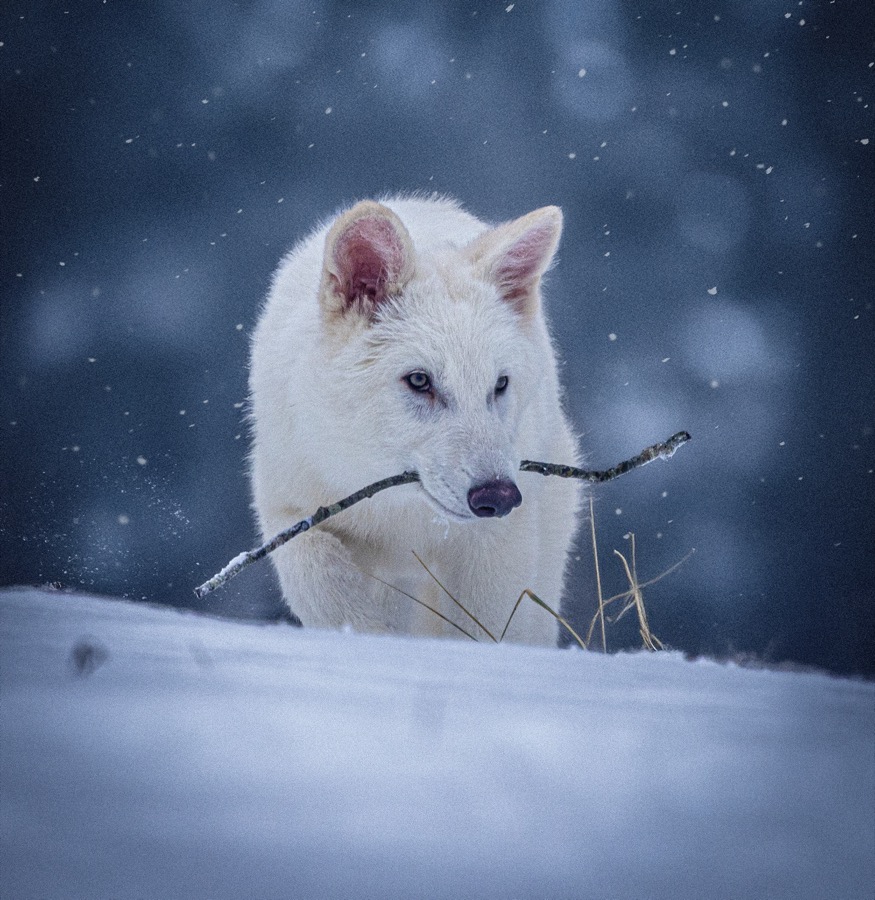Global warming, or climate change, refers to long-term shifts in temperatures and weather patterns. These shifts may be natural, but since the 1800s, human activities have been the main driver of climate change, primarily due to the burning of fossil fuels (like coal, oil, and gas) which produces heat-trapping gasses.
Since 1980, California has seen a noteworthy increase of higher temperature trends and drier air. These conditions affect the land and make wildfires have a greater chance of starting. In fact, research shows that due to our influence in climate change, wildfires have been conducting more and more often, consuming more and more of California’s acreage in recent decades. The quote to support this news, is from an article by Discover Magazine: “For example a study published last year found a 320 percent increase in burned areas between 1996 to 2021 — with nearly all of the increase attributable to human-caused climate change.” Global warming has worsened throughout the years, and as the planet warms, extreme weather events occur. Events such as droughts, wildfires, heavier rainfall: which then lead to flood and landslides, mixed along with tropical storms, all damage cities, homes, and the land overall. All of these events contribute to the worsened land degradation.
From 1971 through 2020, the seas have absorbed about 89 percent of the heat that has entered our planet’s climate system as a result of our emissions of greenhouse gasses. But in 2023, global warming was at an all time high. A new report developed and revealed that a shocking 94 percent of the globe’s ocean surface experienced at least one marine heat wave. These transient periods of exceptionally high ocean temperatures can supercharge tropical cyclones, while also bleaching corals and harming the oceans ecosystems. Marine ecosystems have suffered greatly, revealing the severity of coral bleaching. Coral bleaching happens when the coral is stressed so much by the warm sea temperatures, this causes them to expel the symbiotic algae living with them, which in turn changes their bright colors to a ghostly white.
With the more recent warmer summer conditions, sea ice has decreased in length and space. By September 11, 2024, the sea ice is now under continuing long-term downward trend, driven in large measure by human-caused warming. During the winter, the conditions have allowed sea ice to grow back, but quite slowly compared to previous years.
“In summer, there has always been some amount of open water near the North Pole due to the formation of leads (cracks) in the ice. In the past, the ice was very thick and the cracks quite narrow — maybe a couple hundred meters wide (though they could extend many kilometers in length). But in recent years, there is much more open water and the ice is thinner and more broken up — a bunch of individual floes amidst open water instead of small cracks in a largely consolidated sheet of ice.” (Walt Meier, an NSIDC senior research scientist).
With this current trend of shrinking sea ice, animals such as the polar bear, walrus, arctic fox, muskox, and the various seal and whale species are all losing their food and shelter resources. Because of the diminishing spaces, territories clash and competing species clash more often with one another.
The globe’s continuous warming and irregular climate change is highly influenced and caused by the burning of fossil fuels. The practices of burning coal, oil, and gas, are by far the largest causes of global climate change. Ways that you can help to solve global warming, is to save you energy at home. You can do so by lowering your energy used for heating and cooling, switching to energy-efficient appliances, washing laundry with cold water, or hanging things to dry instead of using a dryer. Much of our at home electricity, and electricity in general is powered by those three elements. These examples are only some of the things that you can be doing to help slow down global warming.


